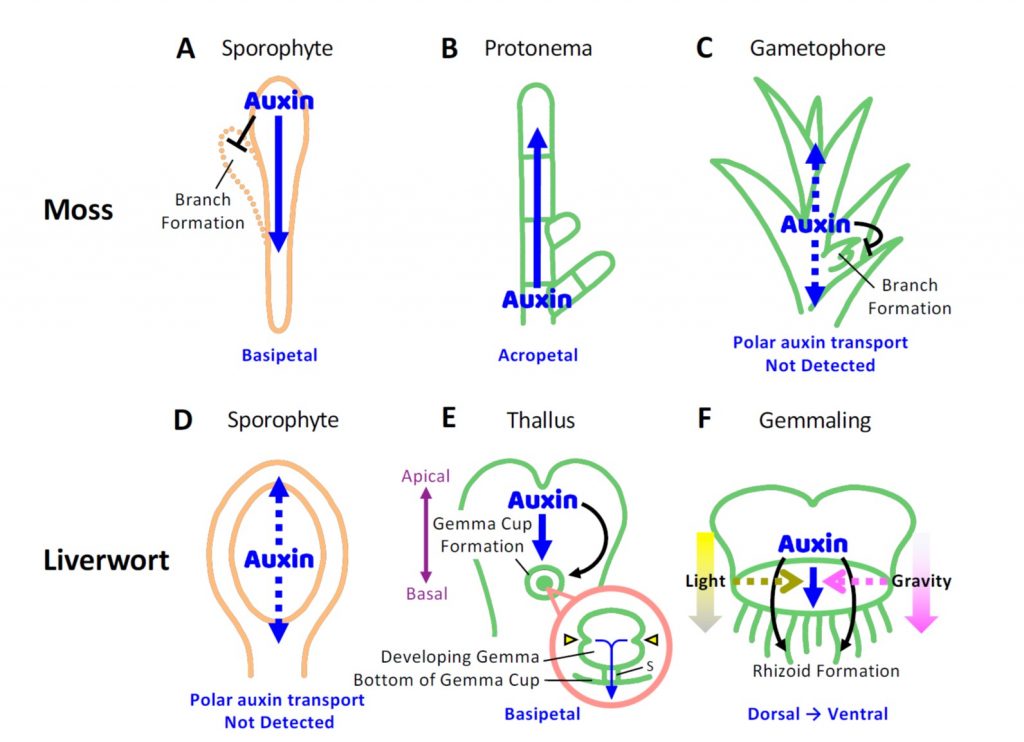
Review: Bryophytes as model systems for studying evolutionary cell and developmental biology (Plant Cell)
Plant Science Research WeeklyThe development of Arabidopsis as a model system greatly advanced the field of plant cell biology by bringing in molecular approaches, so much of our conceptual foundation rests on studies from angiosperms. More recently, model bryophytes, particularly Marchantia polymorpha (liverworts) and Physcomitrium…
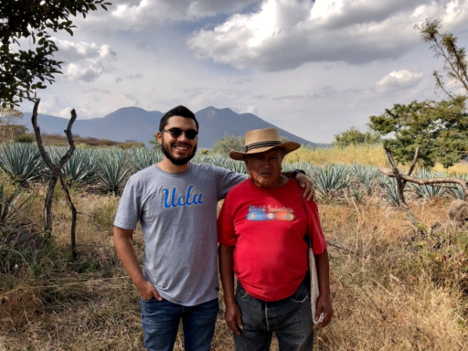
URM Plant Scientist Highlights - Manuel Mora (he/him)
BlogManuel Mora (he/him) is a doctoral student in the Molecular Biology Interdepartmental Developmental Program (MBIDP) at UCLA. Born in Santa Ana, CA, Manuel was raised between California and the town of Santiago Tangamandapio in Michoacan, Mexico. Growing up he enjoyed playing soccer, but when living…
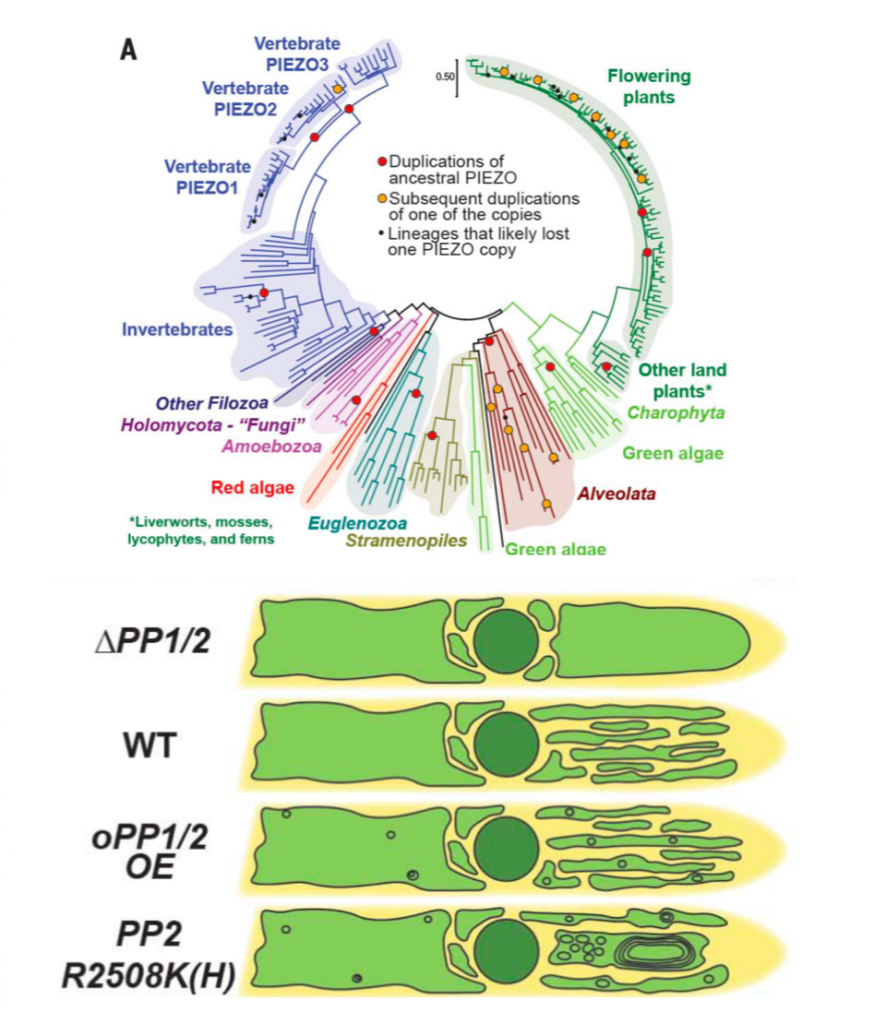
Plant PIEZO homologs modulate vacuole morphology during tip growth (Science)
Plant Science Research WeeklyThe ability to perceive and respond to mechanical stimuli and forces, such as gravity or touch, is an extremely well conserved property that is key for proper cellular function. This ability is fueled by mechanosensitive ion channels activated by mechanical disturbances in the membrane, which leads to…

A slicing mechanism facilitates host entry by plant-pathogenic Phytophthora (Nature Microbiol)
Plant Science Research WeeklyA plant has many layers of defense against a pathogen. One of the first challenges a pathogen faces is how to get inside the plant. Some bacteria sneak in through open stomatal pores, and some fungi form high-pressure appressoria that burst through walls. Here, Bronkhorst et al. investigated how the…
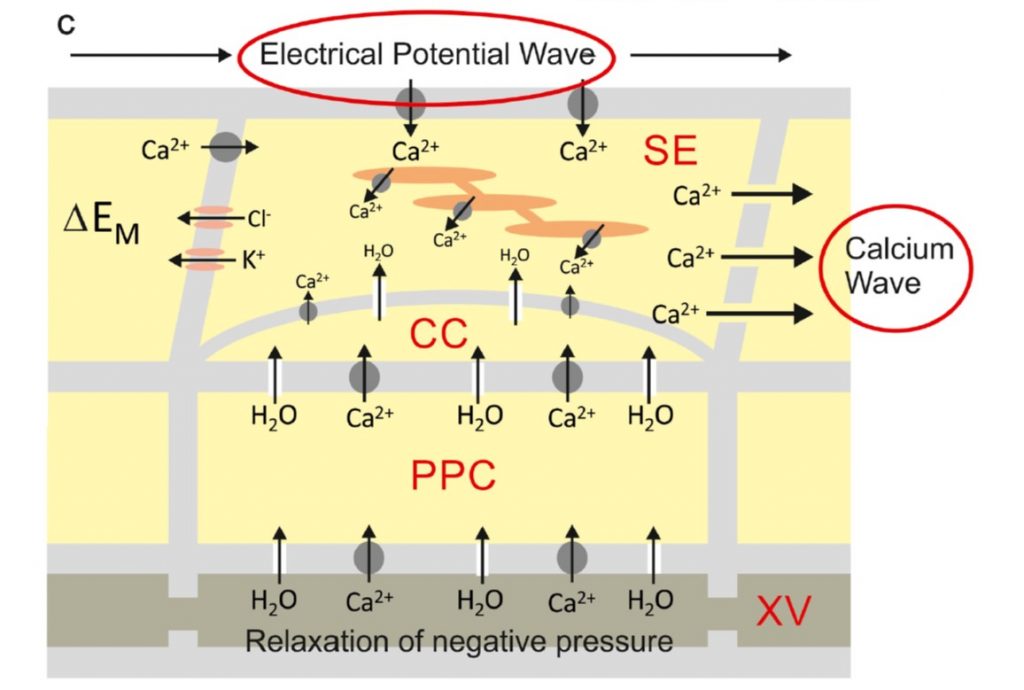
Opinion: Plants have neither synapses nor a nervous system (J. Plant Physiol)
Plant Science Research WeeklyThe question “Are plants intelligent?” is raised regularly, with answer often “Well, it depends how you define intelligence.” Another interesting question is whether or not plants have cellular structures that are analogous to those that make up the animal nervous system. Robinson and Draguhn…
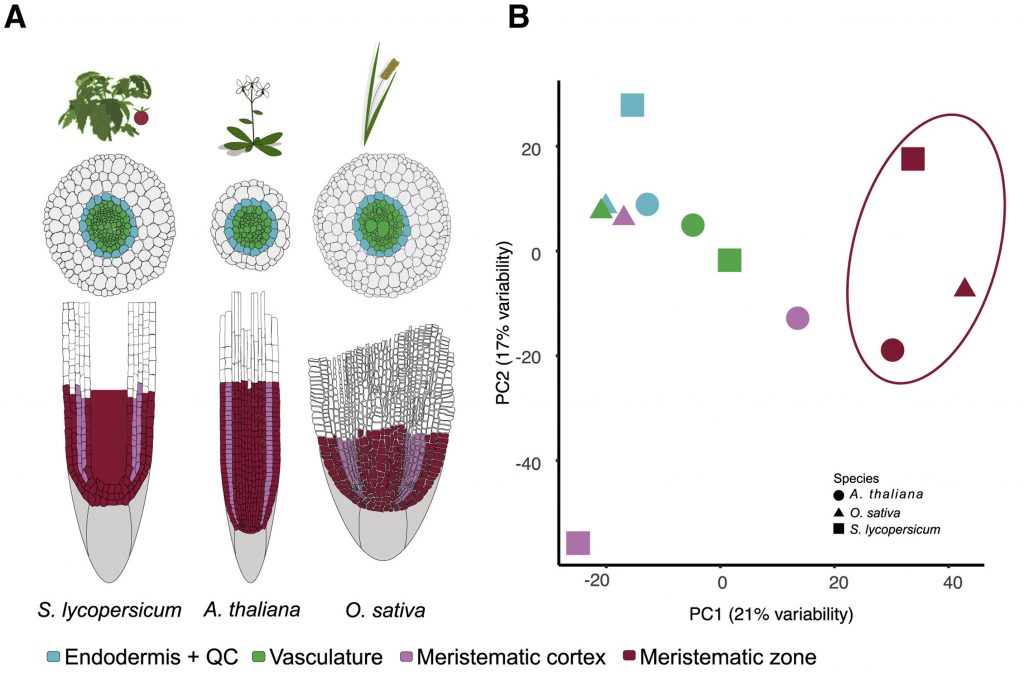
Innovation, conservation, and repurposing of gene function in root cell type development (Cell)
Plant Science Research WeeklyPlants demonstrate a gorgeous diversity in cell types to adapt to their unique environments. Certain cell types, such as the epidermal, cortex, and vascular cells within plant roots, or the classically-defined root developmental zones (meristematic, elongation, and maturation), are homologous in angiosperms.…
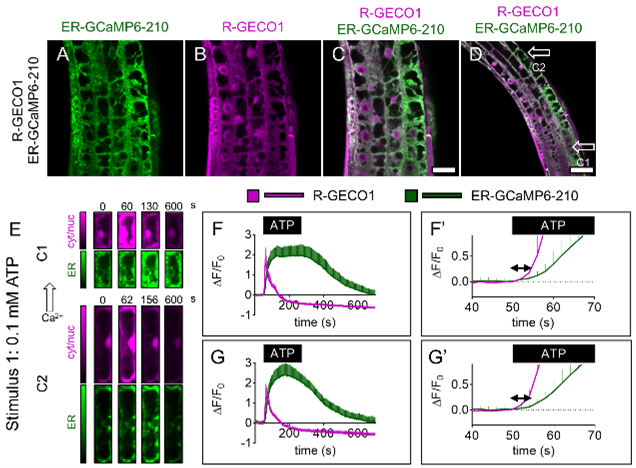
Waves of information: Simultaneous imaging of ER and cytosolic Ca2+ dynamics reveals long distance ER Ca2+ waves in plants (Plant Physiol.)
Plant Science Research WeeklyCalcium (Ca2+) signaling regulates a host of stress and developmental responses in plants. Apart from increases in cytosolic Ca2+ concentration ([Ca2+]Cyt.), organellar signals play a key role in shaping the cytosolic signaling events. In an attempt to understand the Ca2+ dynamics in the endoplasmic…
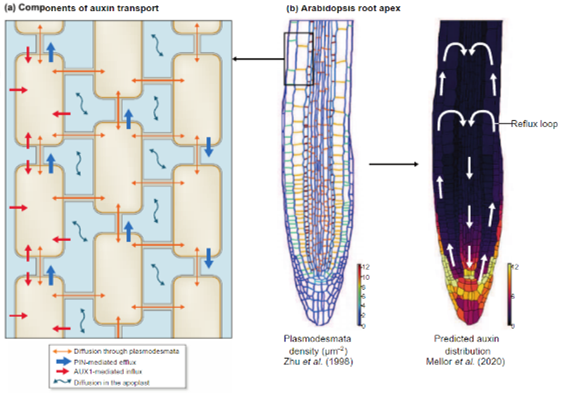
Review: Auxin fluxes through plasmodesmata (New Phytol)
Plant Science Research WeeklyPlasmodesmata, the tubular connections that form continua between neighboring cells in plants, play vital roles in long-distance transport of ions, RNA, proteins, and small molecules. While it is known that plasmodesmata are permeable to phytohormones, including auxin, the physiological significance…
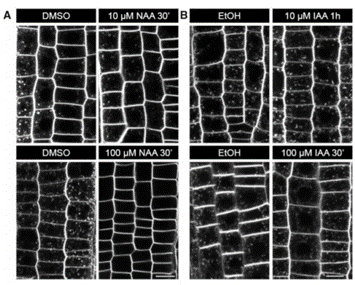
Trapped in traffic – redefining cellular responses to auxin pharmacology (Plant Physiol.)
Plant Science Research WeeklyUnderstanding cellular responses to the phytohormone auxin has always been a challenge and decades of work has constantly renewed our knowledge of the same. Here, Narasimhan and colleagues attempted to revisit and resolve the basis of differential action of naturally occurring auxin indole-3-acetic acid…

